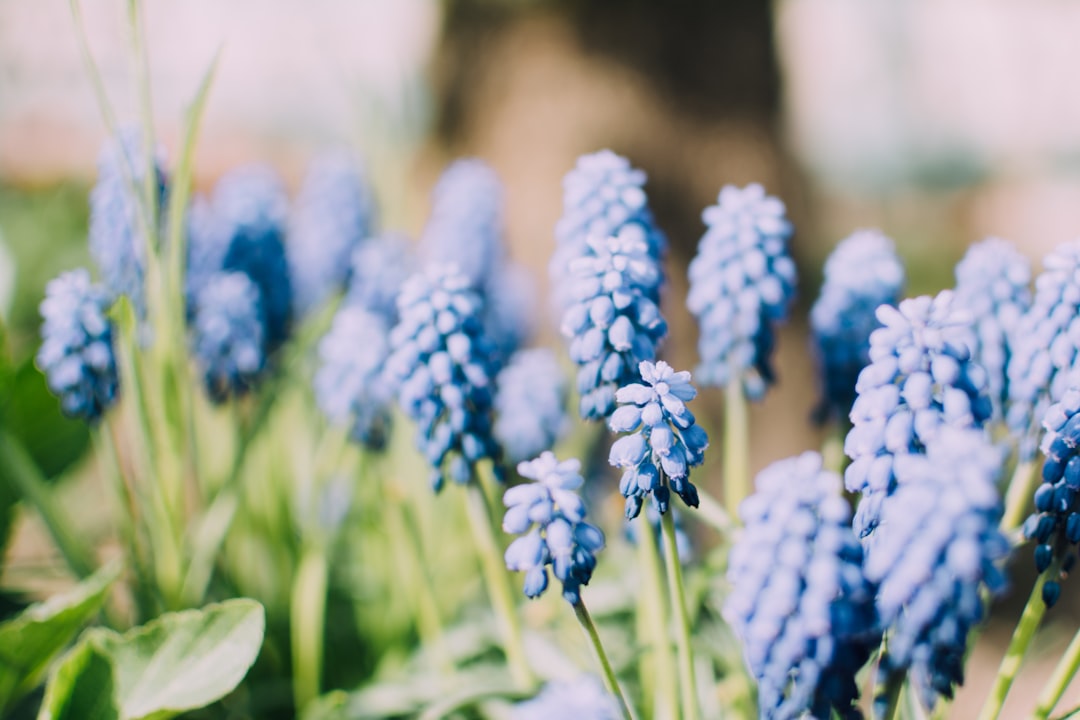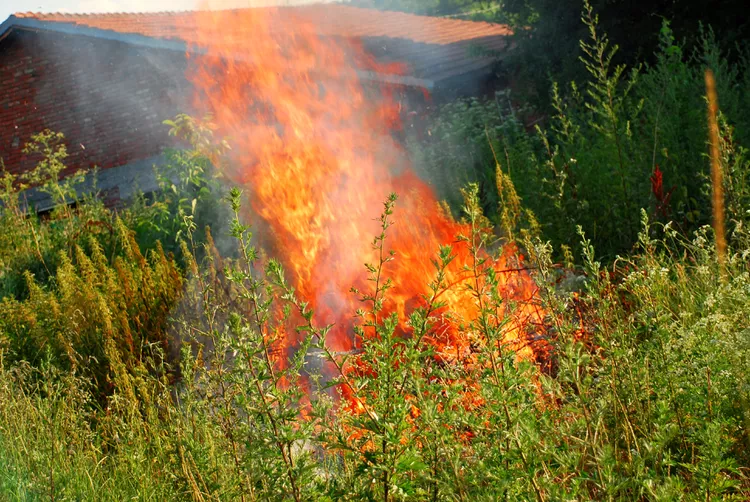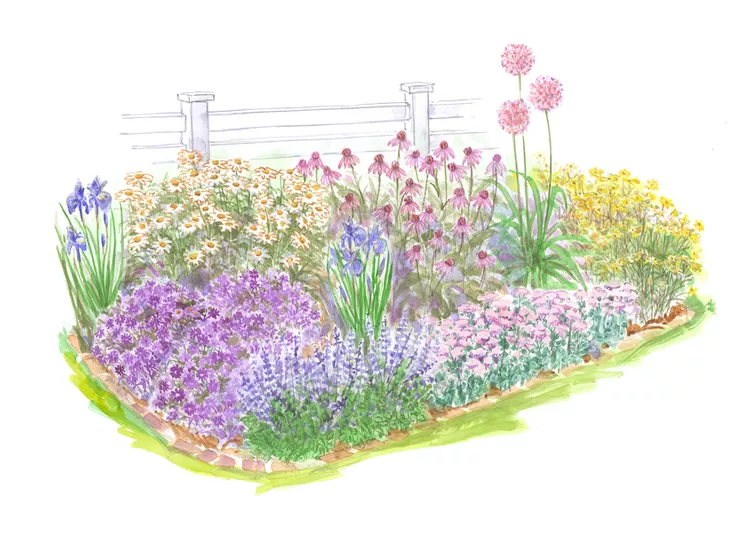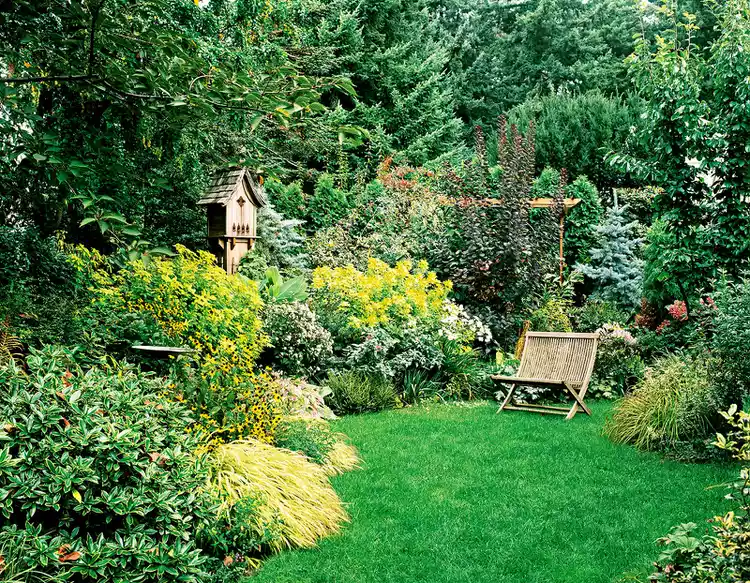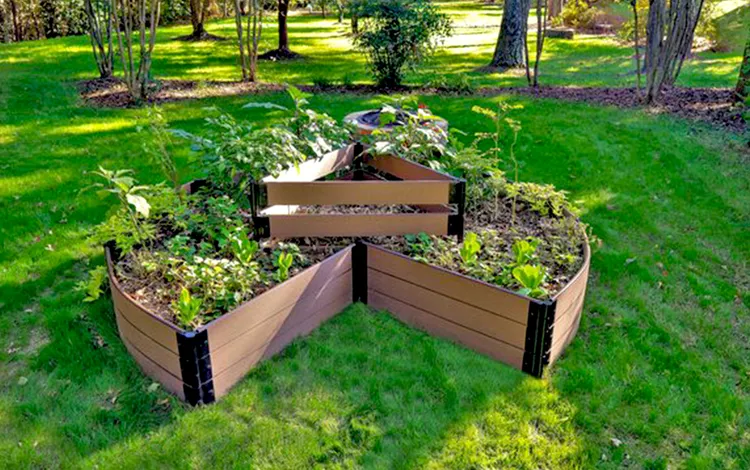Flowers gardening is a captivating hobby that offers a world of beauty and tranquility. Among the many types of flowers, succulents have gained immense popularity in recent years. With over 2,000 species, there are countless combinations to try when it comes to planting succulent seeds and growing these unique plants. In this article, we will explore everything you need to know about planting succulent seeds and nurturing them into thriving perennials.
Succulents are known for their ability to store water in their leaves, stems, or roots, making them well - adapted to arid environments. This characteristic also makes them relatively easy to care for, which is one of the reasons they are so beloved by gardeners of all skill levels. When it comes to planting succulent seeds, the first step is to choose the right seeds. You can find a wide variety of succulent seeds at your local nursery or online. Look for high - quality seeds from reputable sources to ensure the best chances of success.
Once you have your seeds, it's time to prepare the planting medium. Succulents prefer a well - draining soil mix. You can create your own by combining equal parts of potting soil, perlite, and coarse sand. This mixture allows excess water to drain away quickly, preventing the seeds from rotting. Fill a shallow container with the soil mix, leaving about half an inch of space at the top.
Before sowing the seeds, it's a good idea to moisten the soil slightly. You can do this by misting it with a spray bottle. Then, sprinkle the succulent seeds evenly over the soil surface. Since succulent seeds are often very small, you don't need to bury them deeply. A light covering of soil, about 1/8 inch thick, is sufficient. Gently press the soil down to ensure good contact between the seeds and the soil.
Now, it's time to create the right environment for the seeds to germinate. Succulent seeds need warmth and light to sprout. Place the container in a warm location, ideally between 70 - 75 degrees Fahrenheit. You can use a heat mat to maintain a consistent temperature if necessary. Provide bright, indirect light. A south - facing window or a grow light can be excellent sources of light.
Keep the soil moist but not waterlogged during the germination process. You can mist the soil regularly to keep it from drying out. In about 1 - 3 weeks, you should start to see tiny seedlings emerging from the soil. Once the seedlings have appeared, you can gradually reduce the frequency of misting and allow the soil to dry out slightly between waterings.
As the succulent seedlings grow, they will need to be transplanted into larger containers. This usually happens when they have developed a few sets of true leaves. When transplanting, be careful not to damage the delicate roots. Use a small trowel or your fingers to gently lift the seedlings and place them in the new container filled with fresh succulent soil.
Succulents are perennials, which means they will come back year after year if properly cared for. To keep your succulents healthy, continue to provide them with bright, indirect light, well - draining soil, and infrequent watering. During the growing season, you can fertilize your succulents with a diluted, balanced fertilizer once a month. In the winter, reduce watering and stop fertilizing as the plants go into a dormant state.
One of the joys of growing succulents from seeds is the opportunity to experiment with different species and create unique combinations. You can mix and match different colors, shapes, and sizes of succulents to create a stunning display in your garden or on your windowsill. Whether you're a beginner or an experienced gardener, planting succulent seeds is a rewarding experience that allows you to connect with nature and create a beautiful oasis of greenery.
In conclusion, planting succulent seeds is a fascinating and accessible way to add a touch of beauty to your life. With a little knowledge and patience, you can grow these amazing perennials from tiny seeds into healthy, thriving plants. So, why not give it a try and start your own succulent garden today?






